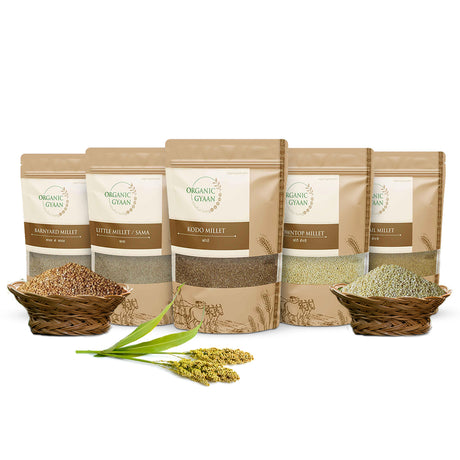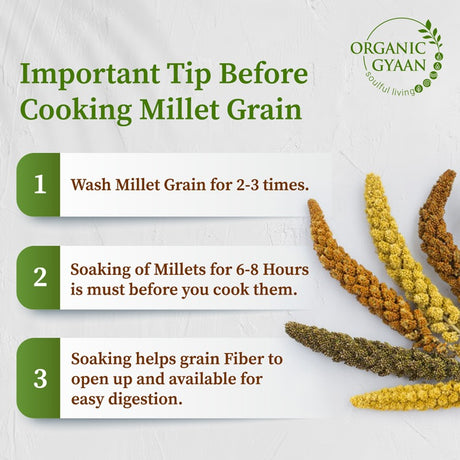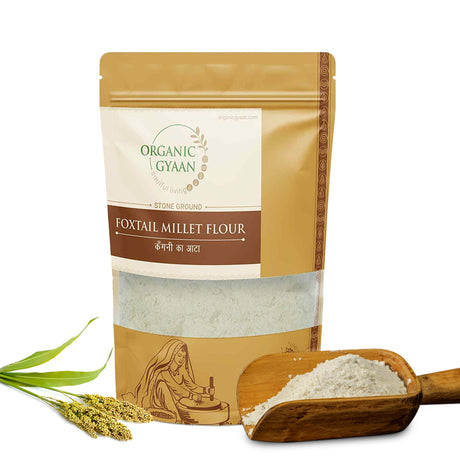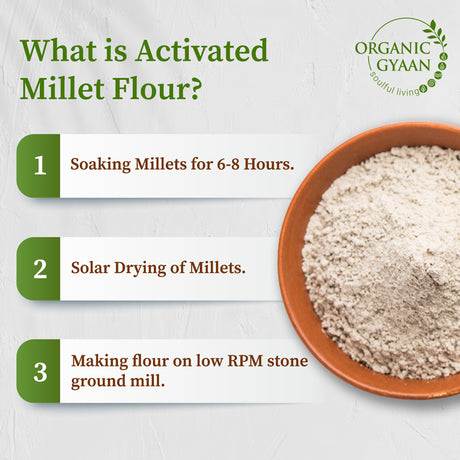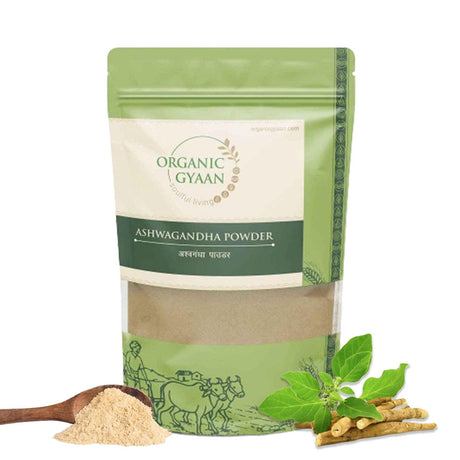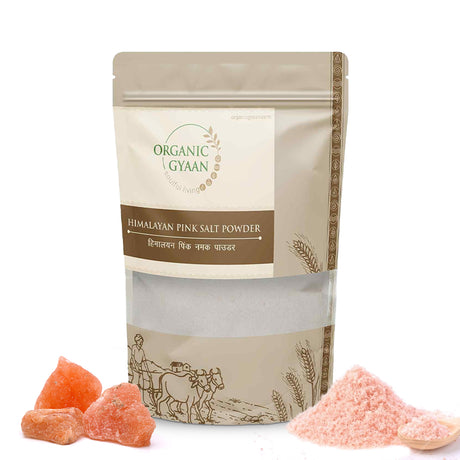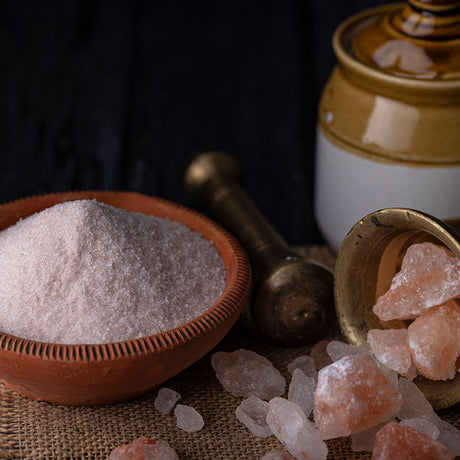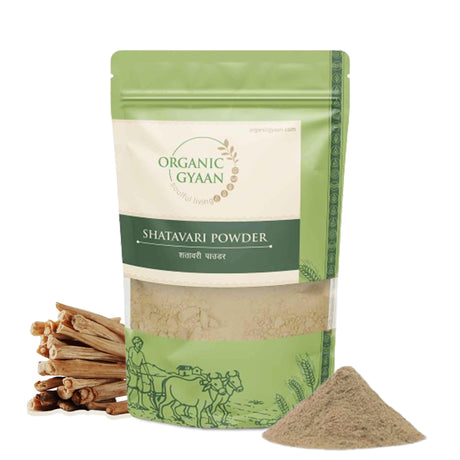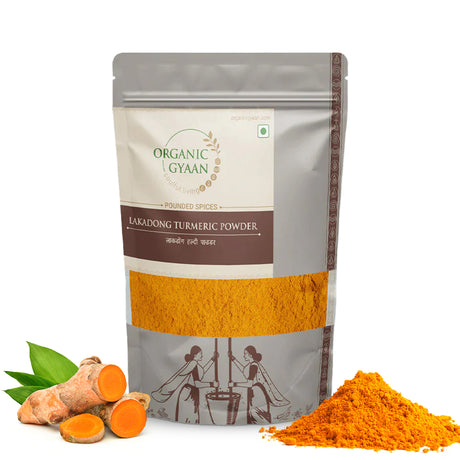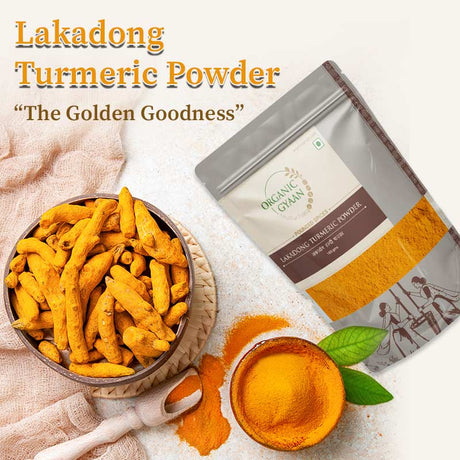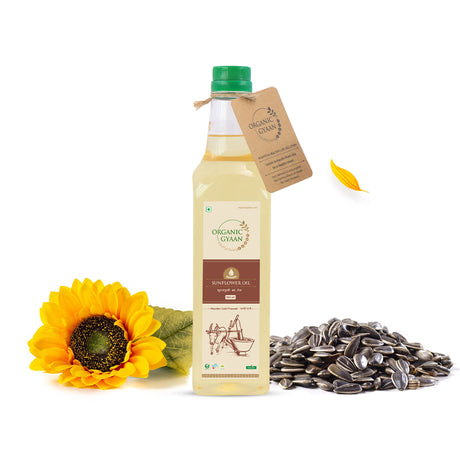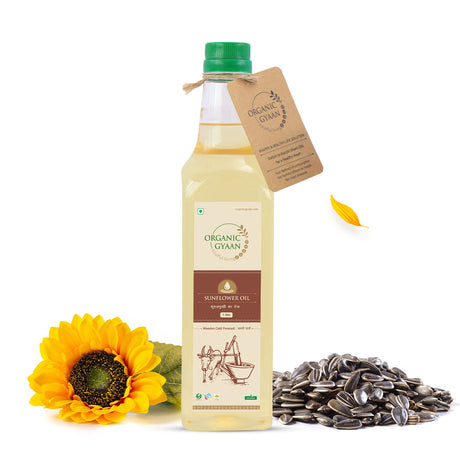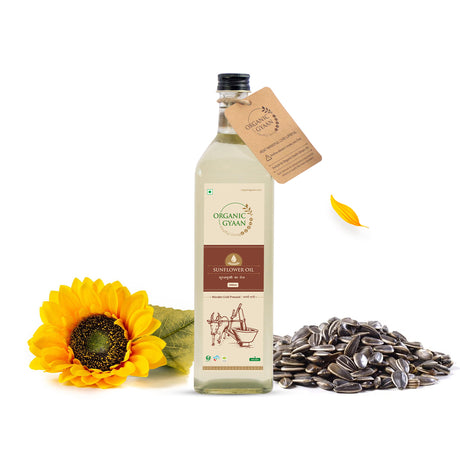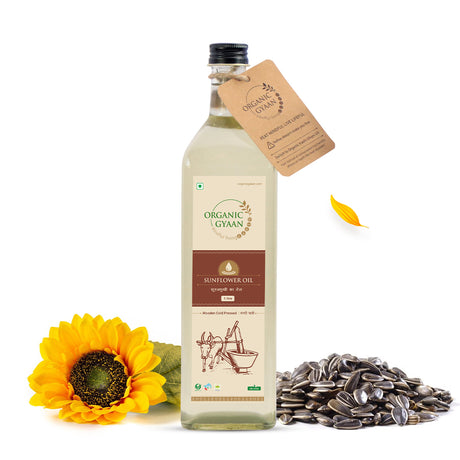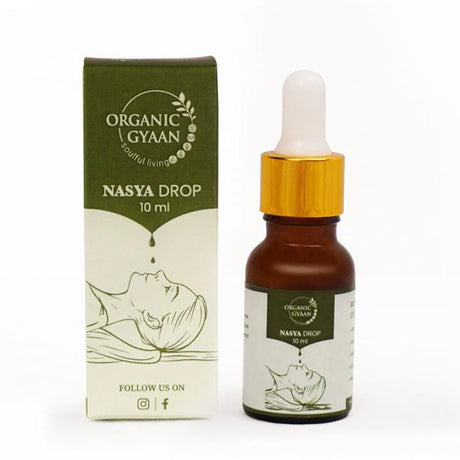Did you know that millets, one of the world’s oldest cultivated grains, have been a dietary staple for thousands of years and are now recognized as a superfood? These tiny grains are highly nutritious, eco-friendly, and versatile, making them an excellent addition to modern diets. Known for their rich nutrient content and numerous health benefits, millets are the perfect way to add variety and balance to your meals.
In this blog, we’ll discuss 10 different types of millets, their unique nutritional benefits, and why you should incorporate them into your daily routine. From the list of millets to their health advantages, we’ll explore everything you need to know about these powerhouse grains.
What Are Millets?
Millets are a group of small-seeded grains from the grass family, widely grown as cereal crops in Asia and Africa. Celebrated for their resilience and ability to grow in arid climates, they are an eco-friendly and sustainable food choice. Millets are naturally gluten-free and nutrient-dense, making them ideal for health-conscious individuals.
Features and Benefits of Millets:
1. Rich in Nutrients: Millets are packed with fiber, protein, B vitamins, magnesium, calcium, and iron.
2. Gluten-Free: A safe option for those with gluten intolerance or celiac disease.
3. Low Glycemic Index: Helps regulate blood sugar levels, making millets a great choice for diabetics.
4. Weight Management: High fiber promotes satiety, reducing hunger pangs.
5. Heart Health: Supports healthy cholesterol levels and blood pressure.
6. Improves Digestion: Promotes gut health by aiding digestion.
7. Eco-Friendly: Millets are drought-resistant and require fewer resources to grow.
Including different types of millets in your diet not only benefits your health but also supports environmental sustainability.
10 Types of Millets to Add to Your Diet
Here’s a list of millets you should consider adding to your routine:
1. Finger Millet (Ragi)
Finger millet, or ragi, is known as a nutritional powerhouse due to its exceptionally high calcium content. It is ideal for improving bone density and preventing conditions like osteoporosis. It is also a rich source of iron, which helps combat anemia, and dietary fiber that aids in digestion and weight management. Finger millet contains essential amino acids, which make it great for overall health.
Benefits of Finger Millet:
- Strengthens bones due to high calcium content.
- Aids in weight management with its high fiber content.
- Helps combat anemia by improving hemoglobin levels.
2. Pearl Millet (Bajra)
Pearl millet, or bajra, is packed with iron, magnesium, and potassium. It promotes cardiovascular health by regulating blood pressure and reducing bad cholesterol levels. Bajra is also an excellent grain for those looking to maintain steady energy levels throughout the day due to its slow-releasing carbohydrates.
Benefits of Pearl Millet:
- Boosts heart health by managing cholesterol and blood pressure.
- Prevents anemia with its rich iron content.
- Provides sustained energy and prevents fatigue.
3. Foxtail Millet
Foxtail millet is highly nutritious, with a low glycemic index that helps regulate blood sugar levels. It’s particularly beneficial for people managing diabetes or trying to avoid sugar spikes. This millet is also rich in dietary fiber and antioxidants, which support gut health and boost immunity.
Benefits of Foxtail Millet:
- Stabilizes blood sugar levels, making it ideal for diabetics.
- Enhances gut health with its high fiber content.
- Protects cells from damage due to its antioxidant properties.
4. Little Millet
Little millet is a versatile grain packed with antioxidants and essential nutrients like magnesium and phosphorus. It aids in reducing oxidative stress in the body, supports bone health, and helps in maintaining a healthy weight due to its low-calorie count.
Benefits of Little Millet:
- Helps in weight loss due to its low-calorie and high-fiber content.
- Supports strong bones with essential minerals.
- Reduces oxidative stress with its antioxidant properties.
5. Proso Millet
Proso millet is a great source of protein and energy. It contains niacin (Vitamin B3), which helps improve cholesterol levels and supports brain health. Proso millet is also known for its ability to boost metabolism and support muscle growth.
Benefits of Proso Millet:
- Improves cholesterol levels and supports heart health.
- Boosts energy levels with its protein-rich composition.
- Promotes brain function and mental clarity with niacin.
6. Barnyard Millet
Barnyard millet is an excellent choice for those looking to lose weight or manage calorie intake. It’s rich in fiber and low in calories, which helps in detoxifying the body and improving digestion. Additionally, it contains antioxidants that help reduce inflammation.
Benefits of Barnyard Millet:
- Supports weight loss and detoxification.
- Improves digestive health by promoting regular bowel movements.
- Reduces inflammation with its antioxidant properties.
7. Kodo Millet
Kodo millet is known for its high antioxidant content and low glycemic index, making it a great choice for diabetics. It helps reduce blood sugar levels and promotes heart health. Kodo millet is also beneficial for improving digestion and managing stress due to its calming properties.
Benefits of Kodo Millet:
- Helps in managing diabetes with its low glycemic index.
- Supports heart health by reducing cholesterol.
- Improves digestion and relieves stress naturally.
8. Sorghum (Jowar)
Sorghum, or jowar, is a widely consumed millet rich in protein, fiber, and iron. It promotes digestive health, supports muscle growth, and helps combat anemia. Sorghum is also rich in antioxidants, which improve immunity and prevent cellular damage.
Benefits of Sorghum:
- Enhances digestion and prevents constipation.
- Boosts muscle growth with its high protein content.
- Supports immunity with antioxidant properties.
9. Browntop Millet
Browntop millet is a nutrient-dense grain rich in B vitamins, calcium, and iron. It supports healthy bones, enhances red blood cell production, and helps maintain energy levels. Browntop millet is a lesser-known but highly nutritious addition to any diet.
Benefits of Browntop Millet:
- Strengthens bones and teeth with its calcium content.
- Improves energy levels with iron and B vitamins.
- Supports overall health with its nutrient-dense profile.
10. Amaranth (Rajgira)
Though technically a pseudocereal, amaranth is included in the list of millets for its exceptional nutritional benefits. It is a complete protein source, containing all essential amino acids. Amaranth is rich in calcium, magnesium, and iron, supporting bone health and reducing fatigue.
Benefits of Amaranth:
- Provides complete protein, ideal for muscle repair and growth.
- Enhances bone strength with calcium and magnesium.
- Reduces fatigue and boosts immunity with its iron content.
Conclusion
Millets are a nutritional powerhouse and an excellent addition to any diet. Whether it’s managing weight, regulating blood sugar, or supporting heart health, the types of millets discussed in this blog offer a range of benefits. Including different types of millets in your meals not only enhances your health but also supports sustainable and eco-friendly food practices.
Ready to embrace the goodness of millets? Start with one or two millets types from this list of millets and gradually explore their health benefits. Share your millet recipes and enjoy the wholesome advantages of this ancient superfood!


